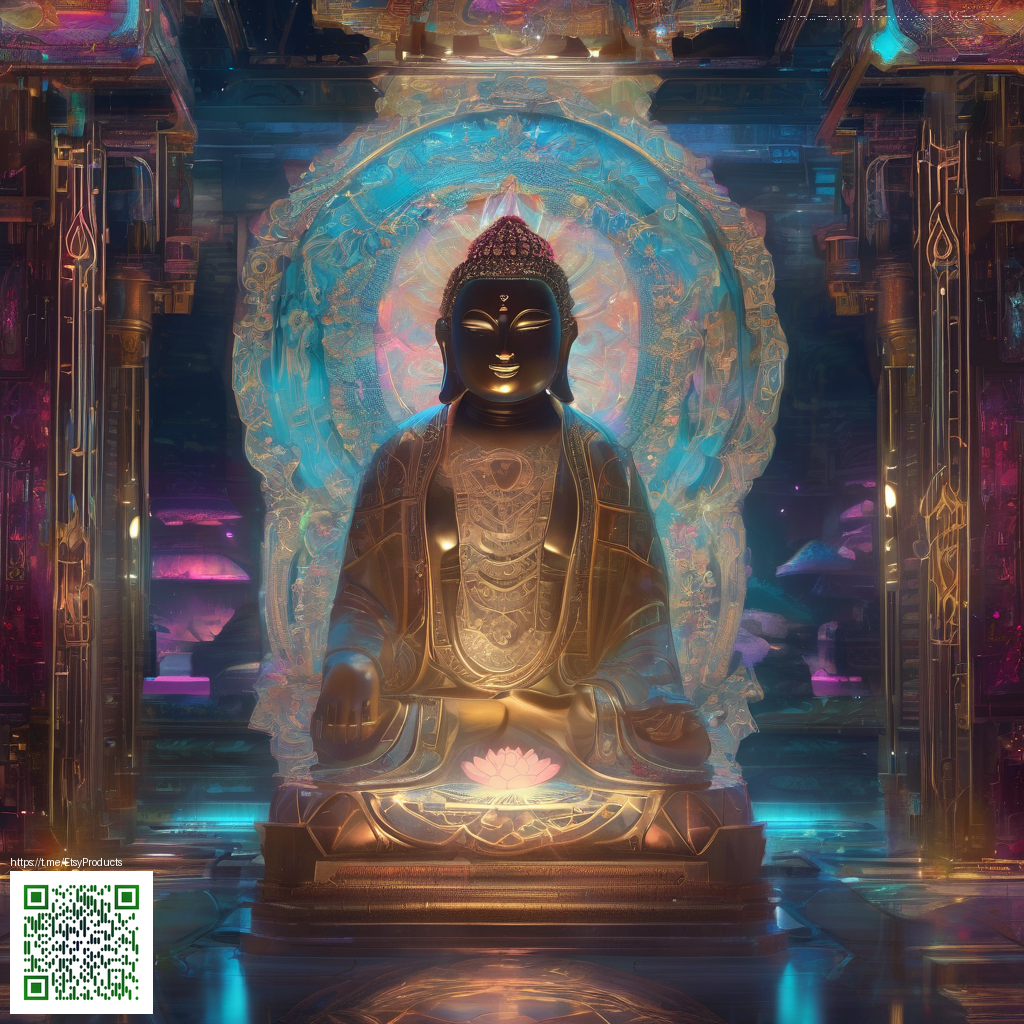
Texture-rich Dark Mode for Modern Websites
Dark mode has become a default expectation rather than a novelty, but the real differentiator now is texture. Subtle surfaces—speckles, grain, or masked gradients—add depth without overpowering content. When done well, texture in a dark palette guides the eye, creates tactile cues, and preserves legibility across devices. It’s not about flashy patterns; it’s about purposeful details that feel cohesive with typography, spacing, and color contrast.
Texture helps break the monotony of flat surfaces by introducing micro-geometry that users can subconsciously sense. In practice, this means leaning into soft noise overlays, diagonal micro-striations, or frosted glass-inspired translucency. The goal is to keep textures incredibly subtle—just enough to communicate depth and structure while ensuring text remains crisp and accessible.
Texture types to consider for dark modes
- Micro-noise to reduce banding and add warmth without compromising contrast.
- Soft gradients that gently shift from one shade of gray to another, creating depth behind content.
- Subtle patterns like fine geometric lines or organic, textile-inspired textures that don’t distract readers.
- Frosted overlays on panels and cards to imply depth while keeping front-facing text readable.
- Ambient glow around focal elements to guide attention without shouting.
When designing, it helps to frame texture as a performance feature. You want textures to feel tactile but not noisy—especially on small screens. As you experiment, consider how a consistent texture system can unify UI components: a card edge texture, a header backdrop, and a modal panel all sharing a common, restrained language. This consistency makes the interface feel intentional rather than stitched together.
Some designers draw inspiration from tangible materials. For instance, a simple, minimal product page such as the Clear Silicone Phone Case – Slim, Durable, Open-Port Design shows how tactile cues in physical goods can translate into digital textures. The way light interacts with a silicone surface—slight sheen, smooth gradients, and matte undertones—can inform shadows, layer overlays, and edge treatments in a dark UI. While the product itself sits outside the digital realm, the design language it embodies can spark ideas for UI texture families that are visually cohesive and user-friendly.
Beyond aesthetics, texture in dark mode must support accessibility. Texture should not replace contrast; it should complement it. Test text and interactive elements across brightness settings and devices, ensuring legibility remains robust under low light. Use texture to enhance hierarchy—emphasizing headers, panels, and focal cards—without creating noise that muddies typography. When texture succeeds, users feel guided by a subtle, almost tactile, interface where information reads clearly and comfortably.
“A well-textured dark interface communicates depth and intent without shouting. When texture is calibrated—subtle, consistent, and accessible—it becomes a silent partner to typography and color.”
For teams exploring texture in practice, start with a simple grid of surfaces: a card, a navigation bar, a modal, and a hero section. Apply a restrained texture to each so the interface reads as a coherent whole. Keep performance in mind: textures should be generated with lightweight assets or CSS techniques to avoid jank on lower-end devices. This approach ensures your dark mode remains fast, legible, and inviting across platforms.